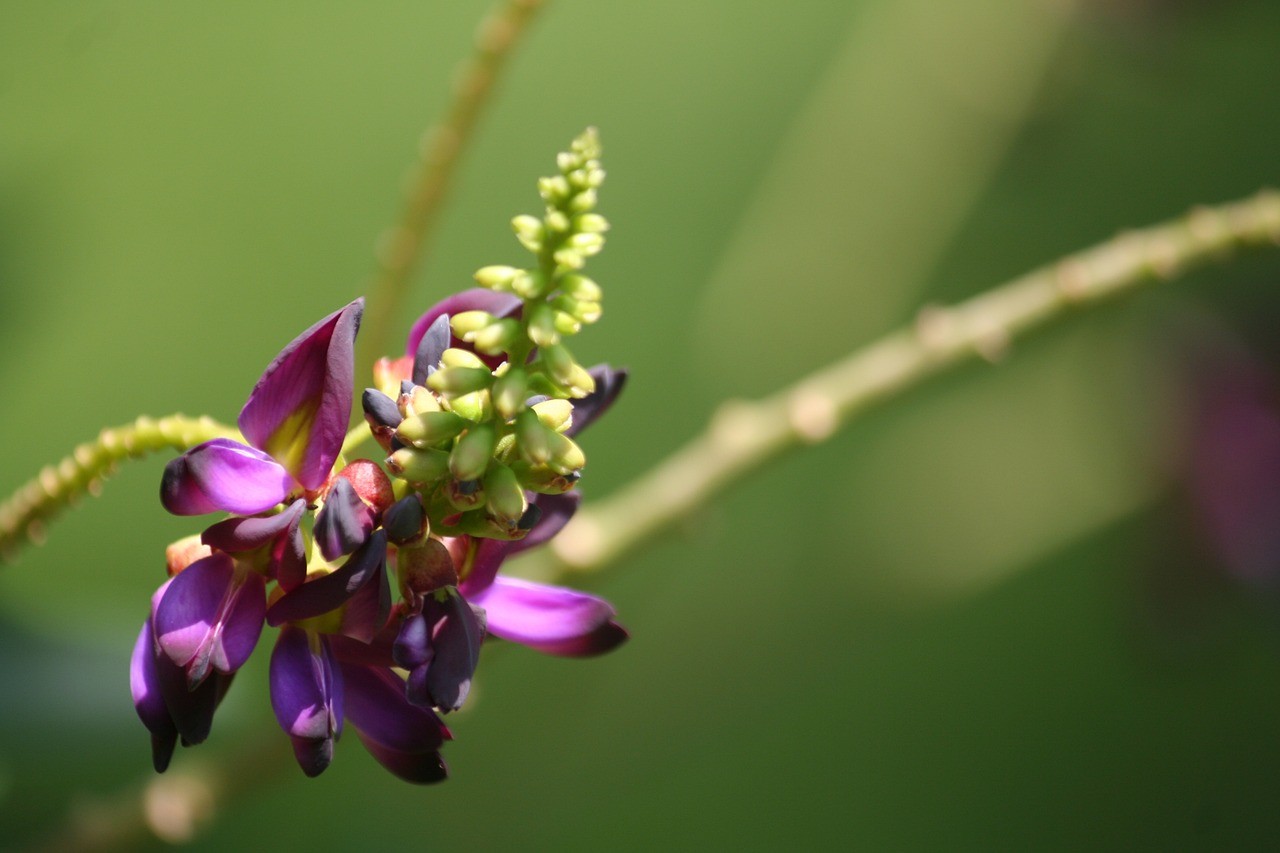How To Grow Bloodroot In Your Garden
Updated on
November 29, 2023

Growing Bloodroot
The beautiful, relative easy to grow Bloodroot, is native to North America and has a unique flavor that some describe as a mild combination of garlic and horseradish. It has a variety of culinary and medicinal uses, but is primarily used as a flavoring agent in certain recipes. Growing Bloodroot is both a fun and rewarding experience, as it only requires minimal care and will quickly add an interesting, colorful element to a garden. Plus, you'll have the satisfaction of knowing you can use your Bloodroot harvest in a variety of delicious recipes.
Follow us to keep learning!
Quick Tips Cheat Sheet
Planting
🌱 Choose well-drained soil.
💧 Water lightly after planting.
🌞 Place in partial shade.
Growth
🌱 Takes 2-3 years to bloom.
🍃 Leaves appear in early spring.
🌸 Flowers bloom for 1-2 weeks.
Propagation
✂️ Divide rootstock in summer or fall.
🌱 Collect seeds after flowering.
🏺 Sow seeds in moist, cool conditions.
Health Benefits
💊 Traditional uses for respiratory health.
🩺 Anti-inflammatory properties.
🌿 Used in herbal remedies.
Precautions
⚠️ Contact with skin may cause irritation.
❌ Not recommended for internal use without expert guidance.
📏 Always follow dosage guidelines.
So you want to learn how to grow bloodroot in your garden? Well, you've come to the right place! As an avid gardener, I've had plenty of experience with this beautiful and unique plant. Let me share with you everything you need to know to successfully grow bloodroot.
Choosing the Right Location
Before you start planting, it's important to choose the right location for your bloodroot. This plant thrives in shady areas with moist, well-drained soil. I recommend finding a spot under a tree or near a tall building where it can benefit from the protection of the shade.
Preparing the Soil
Once you have found the perfect spot, it's time to prepare the soil. Bloodroot prefers a slightly acidic soil with a pH level between 6 and 7. You can test your soil's pH level using a home testing kit or by taking a sample to your local garden center. If the pH level is too high, you can lower it by adding sulfur or peat moss to the soil.
Planting the Bloodroot
Now it's time to plant your bloodroot! Start by digging a small hole that is about twice the size of the root ball. Gently place the plant in the hole, making sure that the crown is level with the soil surface. Backfill the hole with soil, firming it gently around the roots. Give the plant a good watering to help it settle in.
Caring for Your Bloodroot
Once your bloodroot is planted, it's important to provide it with the right care. This plant requires regular watering, especially during dry periods. However, be careful not to overwater as this can lead to root rot. Applying a layer of mulch around the plant can help retain moisture and regulate soil temperature.
Fun Fact: Did you know that bloodroot gets its name from its red-orange sap, which has been used by indigenous people for various purposes, including dye and medicine?
In terms of fertilization, bloodroot generally doesn't require much. However, applying a balanced organic fertilizer in early spring can help promote healthy growth. Just be sure to follow the instructions on the package and avoid over-fertilizing, as this can harm the plant.
As for pests and diseases, bloodroot is generally resistant to most common issues. However, keep an eye out for slugs and snails, which can chew on the leaves. If you notice any damage, you can handpick these pests or use an organic slug and snail control product.
Harvesting and Propagation
After a couple of years, your bloodroot will mature and begin producing flowers. These flowers are not only beautiful but also a sign that the plant is ready for propagation. To propagate bloodroot, simply divide the clumps in early spring or fall. Replant the divisions in a suitable location and watch them grow into new bloodroot plants.
Well, that's all you need to know about growing bloodroot in your garden! As with any plant, patience and care are key. With the right conditions and a little love, you'll soon be enjoying the stunning beauty of bloodroot in your very own garden. Happy gardening!
FAQs for Growing Bloodroot
1. When is the best time to plant bloodroot?
The best time to plant bloodroot is in early spring when the soil is still cool.
2. How do I choose a suitable location for bloodroot?
Select a location with partial to full shade and moist, well-draining soil for bloodroot to thrive.
3. What is the recommended planting depth for bloodroot?
Plant bloodroot rhisomes approximately 1 to 2 inches deep in the soil.
4. How should I water bloodroot?
Keep the soil consistently moist but not waterlogged for optimal growth of bloodroot.
5. Can bloodroot tolerate drought conditions?
Bloodroot prefers moist soil and may not tolerate prolonged periods of drought.
6. How often should bloodroot be fertilized?
Minimal fertilization is needed for bloodroot. Apply a balanced fertilizer once in early spring.
7. What are common pests or diseases affecting bloodroot?
Slugs and snails can be a problem for bloodroot. Monitor for signs of damage and apply appropriate control measures when necessary.
8. How long does it take for bloodroot to bloom?
Bloodroot typically blooms within two to three weeks after emergence.
Growing Bloodroot is a great way to add a striking, vibrant addition to your garden. With its white and pink coloured flowers, this plant is sure to liven up any outdoor space. It is also known for being one of the earliest blooms in spring and is relatively easy to care for and maintain. Growing Bloodroot is a great way to brighten your garden as well as develop a connection with nature.





